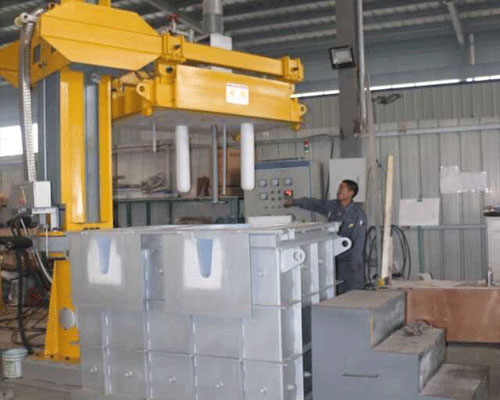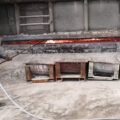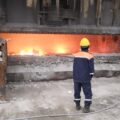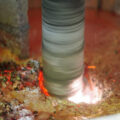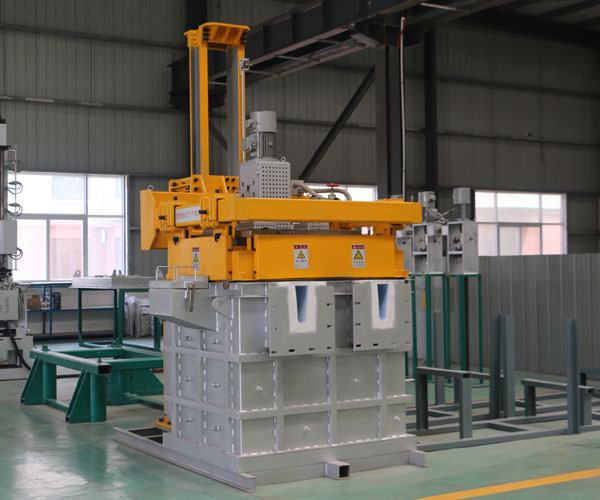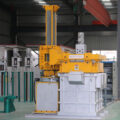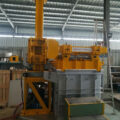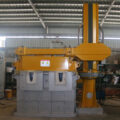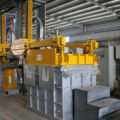Rotary Degassing Method is new methods of aluminum alloy melt purification. In the past decades, the metallurgical industry has adopted refining measures to improve the quality of the melt. The so-called refining is to pass chlorine, inert gas or some chlorine salt into the melt to remove gas, inclusions and alkali metals from aluminum alloy. With the development of modern science and technology, there are many new methods of aluminum alloy melt purification, such as Rotary Degassing Method, flux refining, CFF filtering method. The content of these methods has exceeded the meaning of refining.
Therefore, the concept of melt purification has been introduced into modern science and technology. The so-called degassing process of molten aluminum and refining gas in the furnace is to remove the harmful elements in the melting and degassing process, including rotary degassing method.
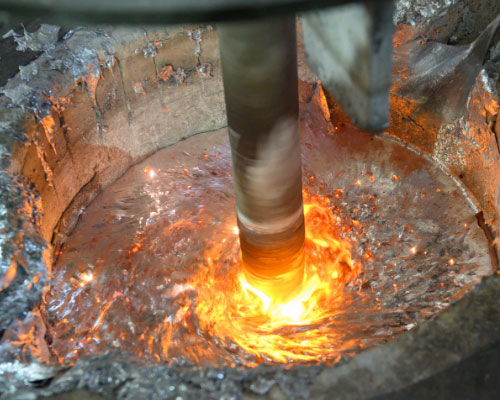
Rotary Degassing Method
In the rotary degassing method, inert gas or chemical inert gas (argon, nitrogen) is removed by rotating shaft and rotor.
The energy of the rotating axis results in the formation of a large number of fine bubbles, which provides a very high surface to volume ratio.
The large surface area promotes the rapid and effective diffusion of hydrogen into the bubble, so that the hydrogen activity in the liquid phase and the gas phase is equal.
Compared with flux degassing, rotary degasser can remove hydrogen more thoroughly.
In addition, the rotary degasser does not use harmful chlorine and fluorine salts.
Rotary degasser can also combine degassing and flux introduction functions.
In this case, the inert gas acts as the carrier of the granular flux. This method is called flux injection.
Advantages of flux injection:
- Because of better mixing with the melt, the effect of flux is high;
- The time of flux treatment is short;
- Controllable flux introduction;
- More environmentally friendly flux method.

